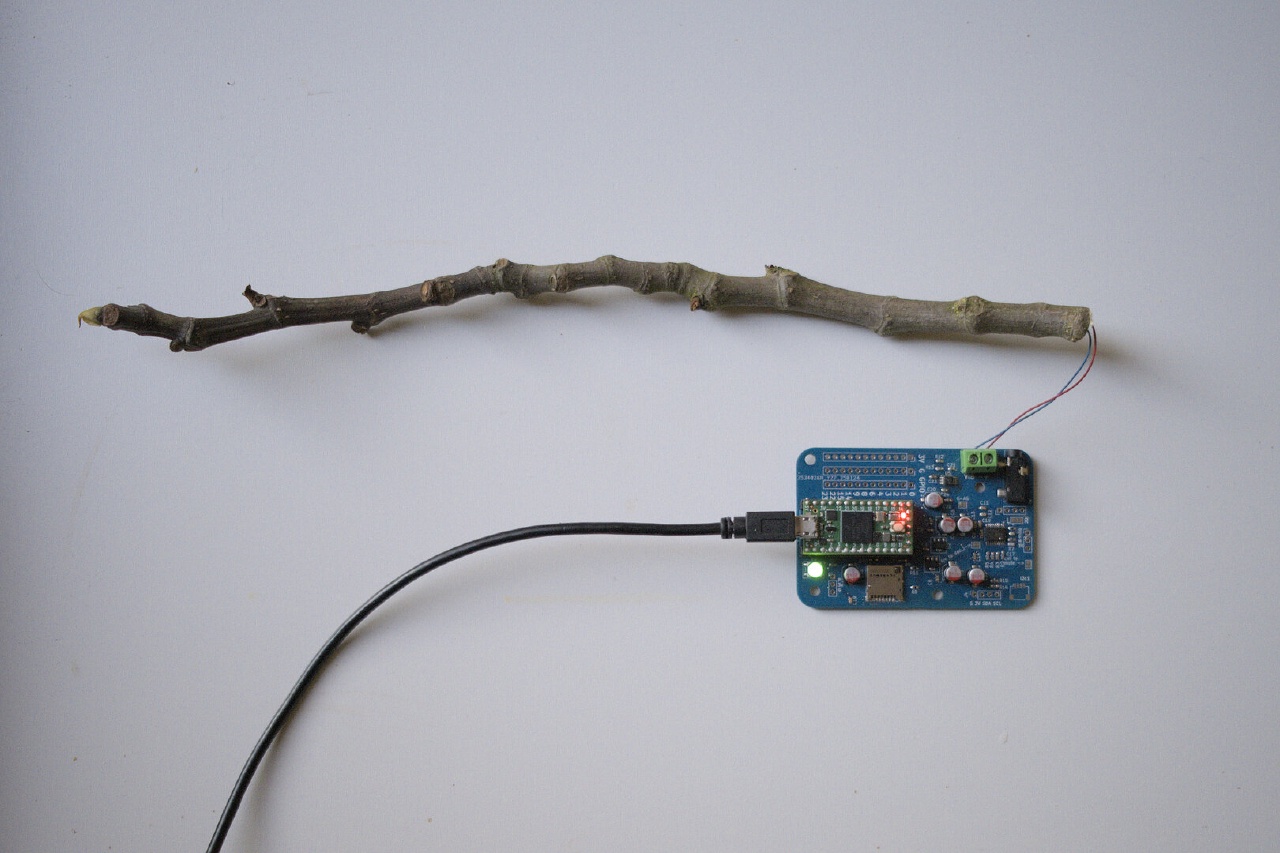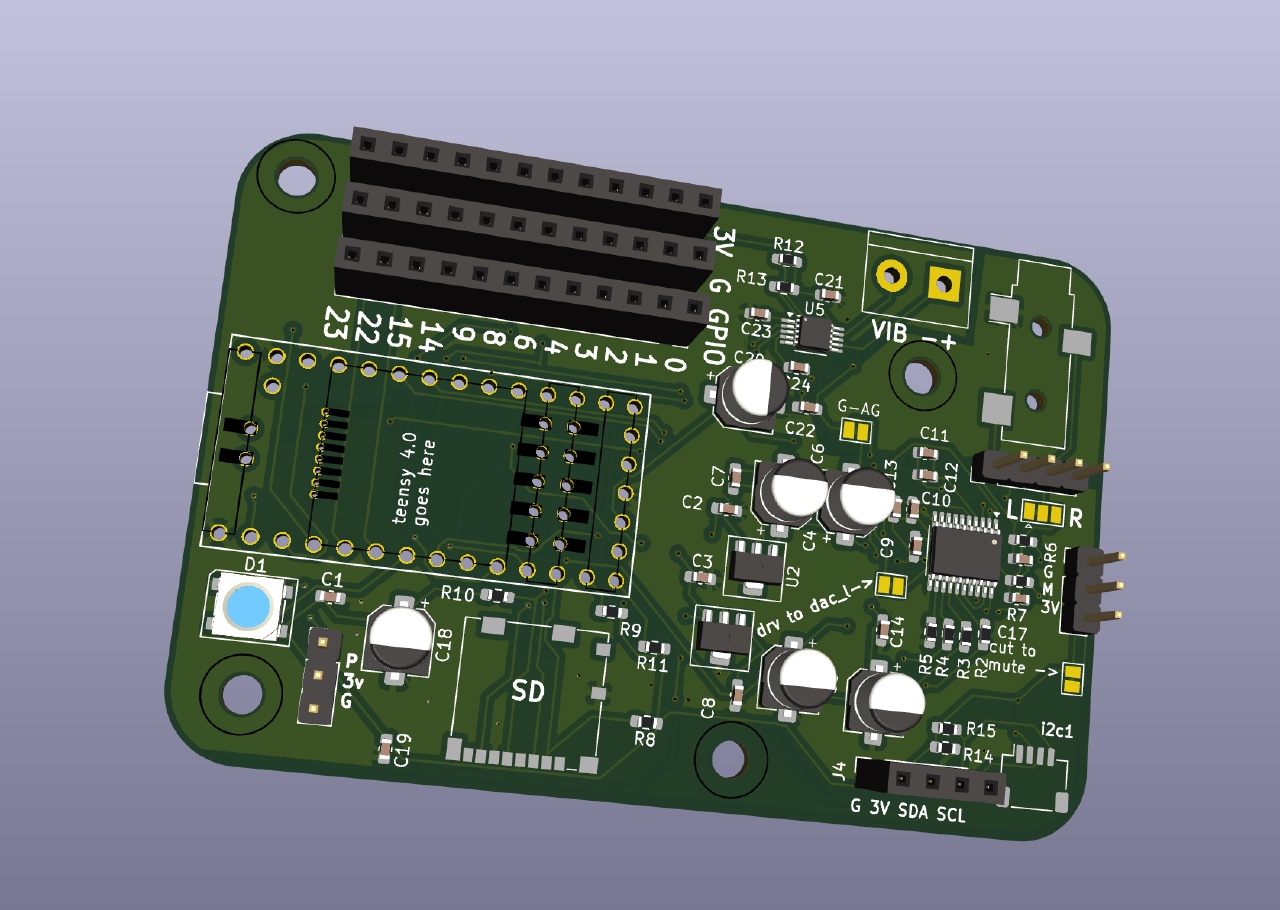Haptic Fields
A speculative artistic investigation of material vibrations in nature, biology, humanity and technology.
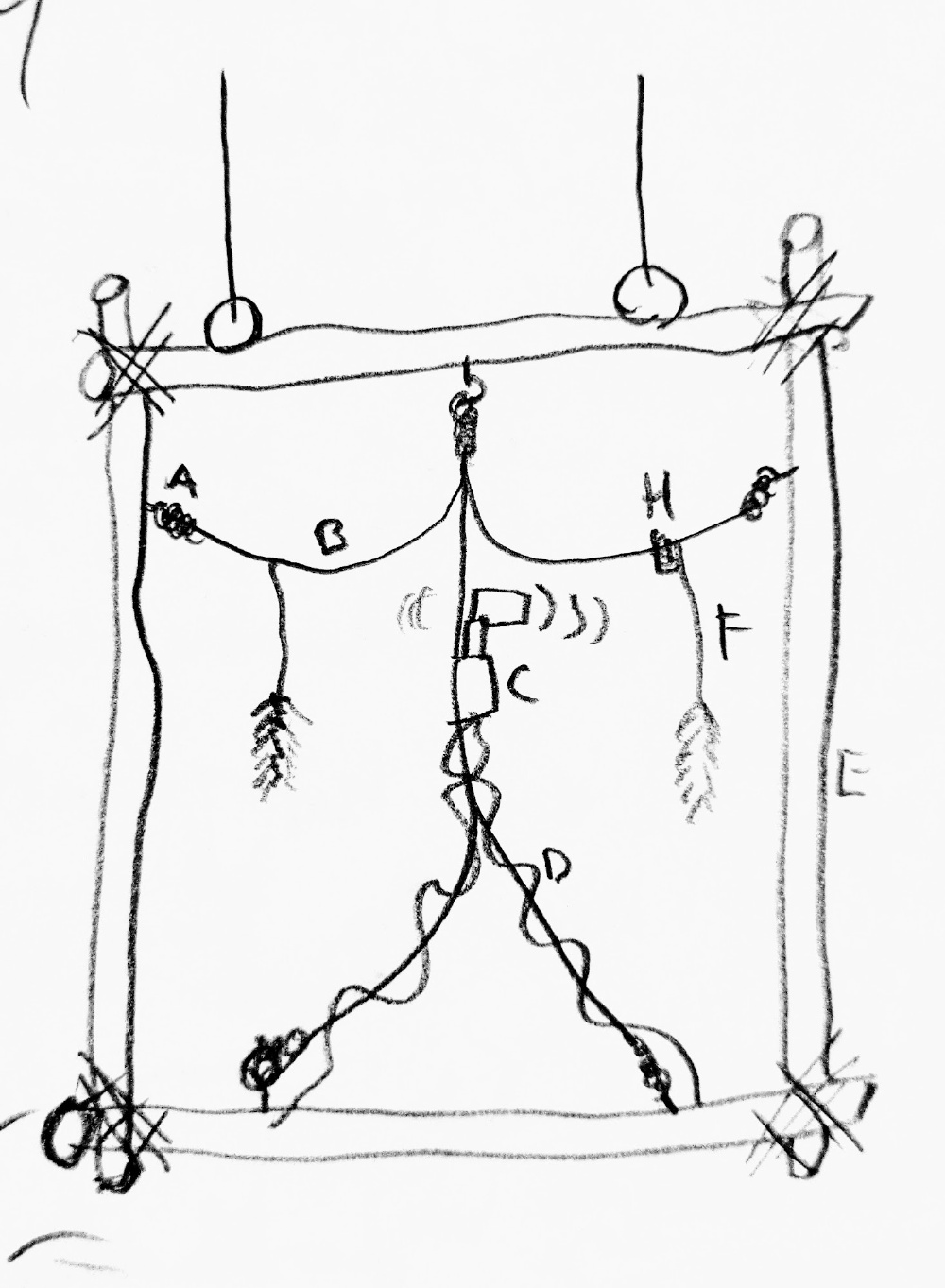
Introduction
Haptic Fields is an artistic research project exploring the potential of material vibration — that is, vibrations not in the air (like sound) but rather in other materials like water, sand, soil, trees, plants and the human body.
In biology, these sorts of vibrations are called ‘substrate vibrations’. More than 150.000 species in nature have been identified to communicate solely through substrate vibrations. Studies of fossils show that the earliest vertebrates on land detected substrate vibrations before they were able to hear airborne sounds, by laying their jaws against the soil, allowing a bone-structure in the jaw to conduct vibrations to their inner ears.1
The human body is also sensitive to substrate vibrations. The human skin contains 4 different kinds of receptors for detecting touch and vibrations. A 1mm large receptor called the Pacinian Corpuscle is responsible for picking up vibrations in our skin in frequencies, along with Meisner’s Corpuscle, dividing the frequency spectrum between them.
In modern technology, vibration has become prevalent, partly in the form of vibrations in sex toys, but also as haptic feedback in smartphones, game controllers and other devices. In the former, the vibrations stimulate the skin and cause pleasure, in the latter it adds a dimension of communication to devices — in the case of gaming, it can even be seen as an extension of the artistic language of the game.
Speculative vibrations
In the early 20th century, Jakob Johann von Uexküll came up with the concept of Umwelt to describe the ‘self-world’ of an organism. The Umwelt that an organism experiences is precisely composed for its sensory organs. This milieu is pre-given and for the organism to survive it has to harmonize with it. The environment is biologically connected to the living organism – not seperate from it. It is already mapped to the particular senses of the particular body sensing it. 2 In other words: If we experience the world through the vibrations in our skin, these vibrations become our world view.
In Haptic Fields, vibrations are explored as a speculative vehicle for communication. Taking cues from biology and modern technology’s use of vibrations for pleasure and communication, the project speculates alternate world views and experiences of the world using technology to amplify, transmit and receive vibrations in the environment.
Through the use of technology, we can make use of Uexküll’s idea of Umwelt in the realm of vibrations, and investigate what a vibratory world feels and looks like.
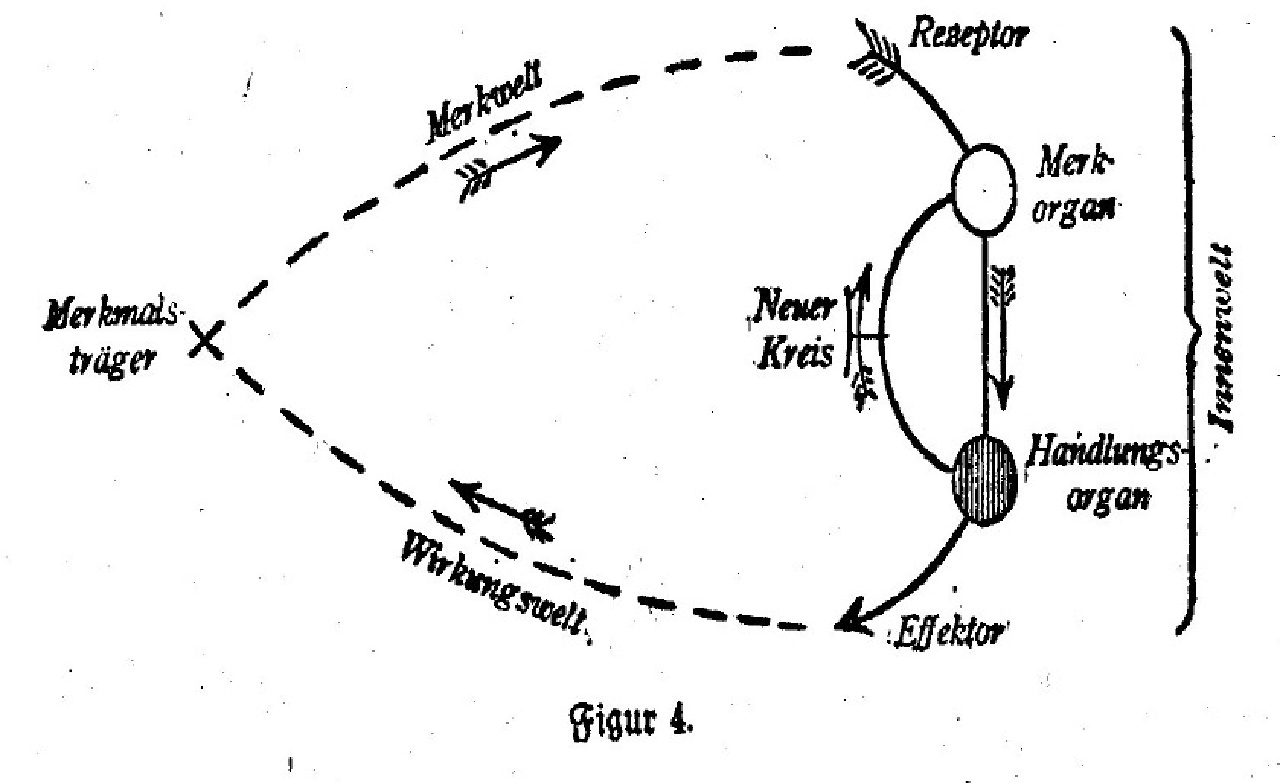
'Early Scheme for a circular Feedback Circle' from Jakob Johann von Uexküll's Theoretische Biologie 1920

From a workshop on Haptic Feedback in connection with the Haptic Fields project at NOTAM, 2025. Photo: Mads Kjeldgaard.
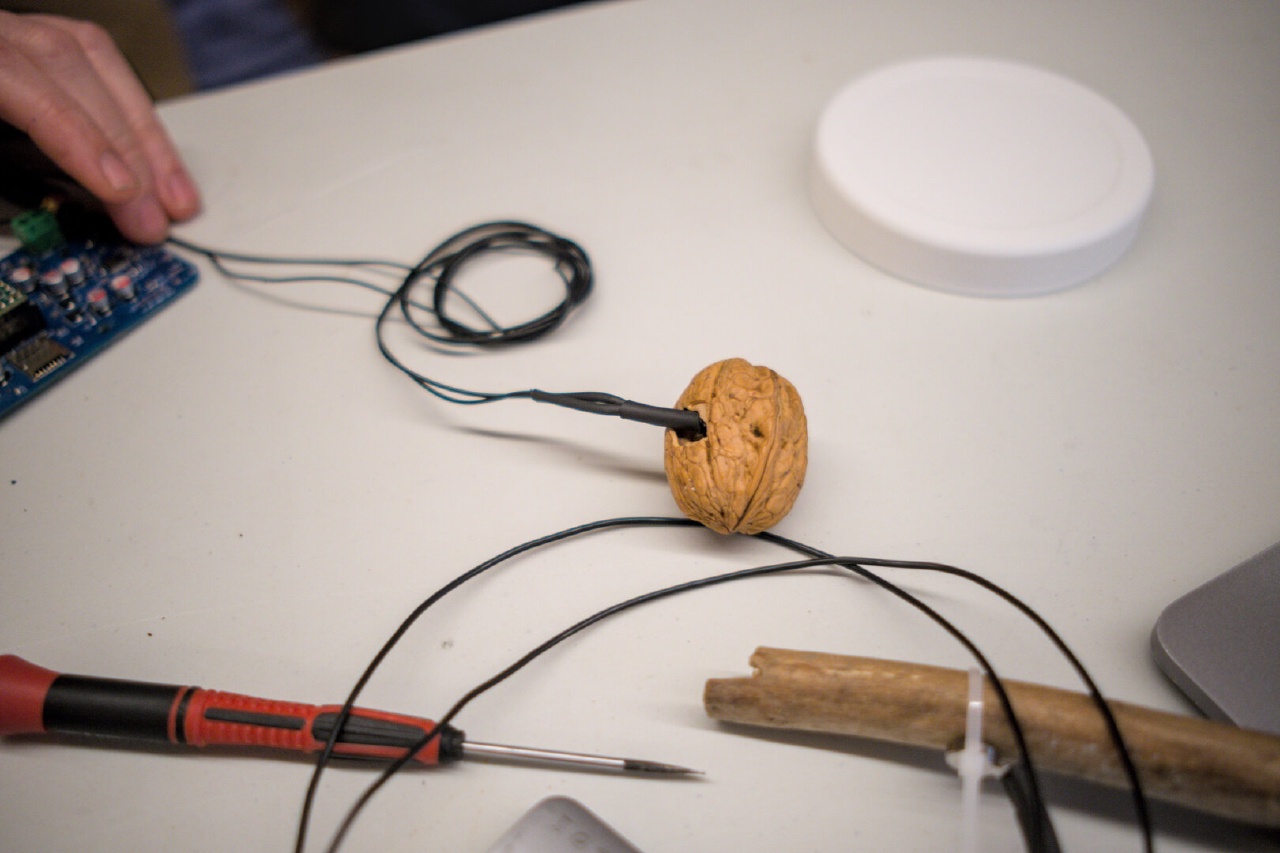
From a workshop on Haptic Feedback in connection with the Haptic Fields project at NOTAM, 2025. Photo: Mads Kjeldgaard.
Projects
Moans and Groans
A vibration-sculpture (a twig equipped with a vibration motor and custom electronics) recreating wind vibrations in a tree.
The project started with Moans and Groans in 2025, a series of wooden sculptures that re-create the vibrations caused by the wind in trees in Denmark. The sculptures are based on vibration motors from sex toys, phones and game pads and allows the viewers to touch tree branches and feel the wind vibrations in their hands. These were exhibited at NOTAM in Oslo, Norway in 2025.
Haptic Audio Electronics
Custom electronics for Haptic Audio / Haptic Feedback, developed by Mads Kjeldgaard.
As part of the Haptic Fields project, custom electronics were developed to allow easy experimentations with audio and haptic feedback and vibration motors.
